Climate Action Week continues with promoting an info session on Nov. 6 about the upcoming UN Climate Change Conference (COP29). There will be presentations about COP29 and registration is at https://tinyurl.com/URCOP29
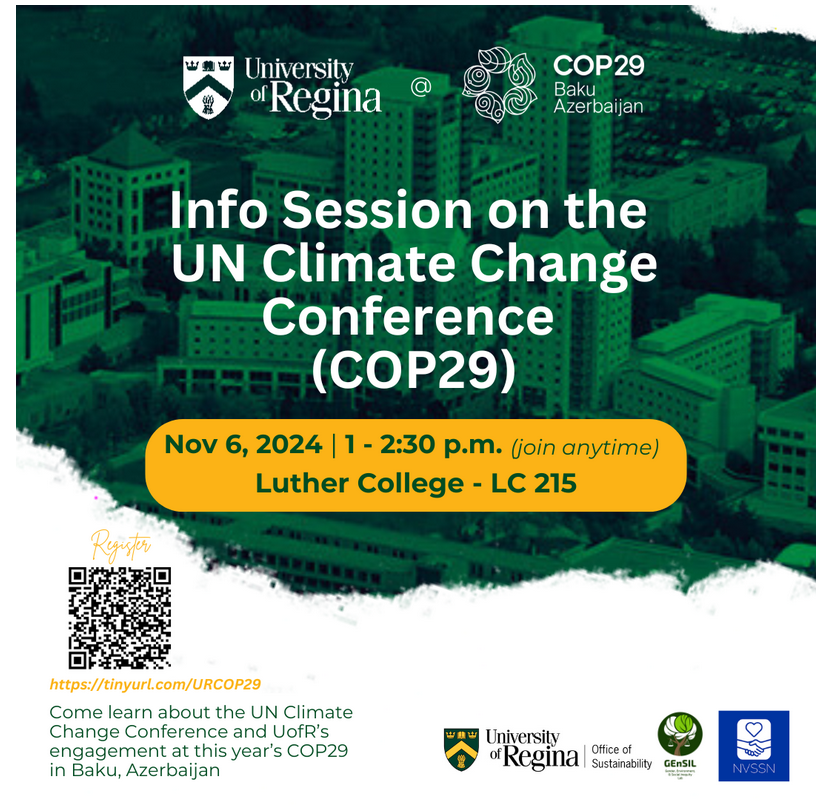
Climate Action Week continues with promoting an info session on Nov. 6 about the upcoming UN Climate Change Conference (COP29). There will be presentations about COP29 and registration is at https://tinyurl.com/URCOP29

Climate Action Week continues with promoting the U of R Office of Sustainability new campus bike map: https://www.google.com/maps/d/viewer?mid=1vAwmtiLx23-TcqbpPi77ntQuIEOEWeM&ll=50.426779726495965%2C-104.59617684999999&z=14
The campus map shows where to park bikes and a bike repair station.
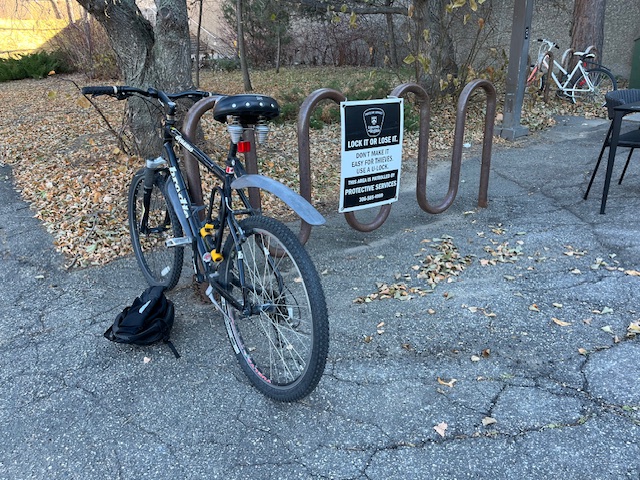
To help celebrate Climate Action Week, the U of R Office of Sustainability has a new campus food map to address food insecurity: https://www.google.com/maps/d/viewer?mid=1IOmDP79Jfh7vIMgHjzGqA9CUWRfH1vg&ll=50.418579239058985%2C-104.5888215374147&z=17
One of the programs on campus is RPIRG’s Green Patch that is behind the Dr. John Archer Library & Archives.
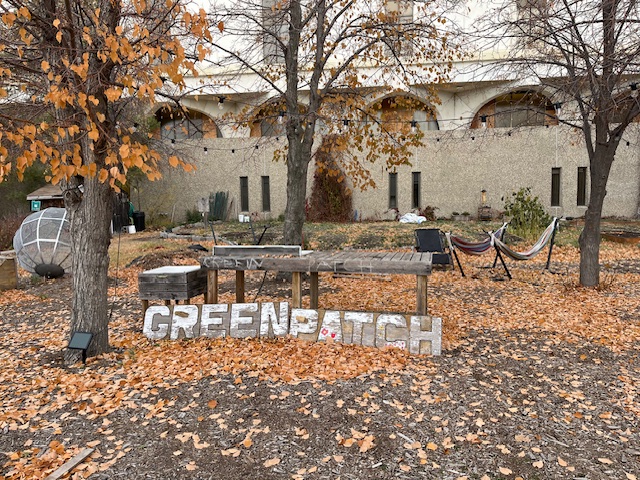
The Dr. John Archer Library & Archives has a new interlibrary loan (ILL) system called Rapido. You can discover resources from over 500 libraries worldwide directly in QuickFind. You can place requests for physical items and digital copies of those materials and track your requests directly from your Library Account. Learn more on our ILL web page: https://library.uregina.ca/borrowing/interlibraryloan.
THIS THURSDAY! Join us for “The Spooky and the Super/Natural,” a thrilling discussion with four captivating panelists exploring all things eerie and extraordinary. Author Jes Battis will also read excerpts from his book The Winter Knight.
During this event the two winners of the 2-Sentence Horror Story contest will be announced.
This event is free and open to the public.
Speakers:
Jes Battis, PhD.
Michael Trussler, PhD.
Scott J. Wilson, MA.
Carlos David Londoño Sulkin, PhD.
Moderator:
Kate Cushon (Dr. John Archer Library & Archives)
See you there! October 31st, 10 am, Research and Innovation Center main floor, University of Regina.
https://uregina.libcal.com/event/3848200
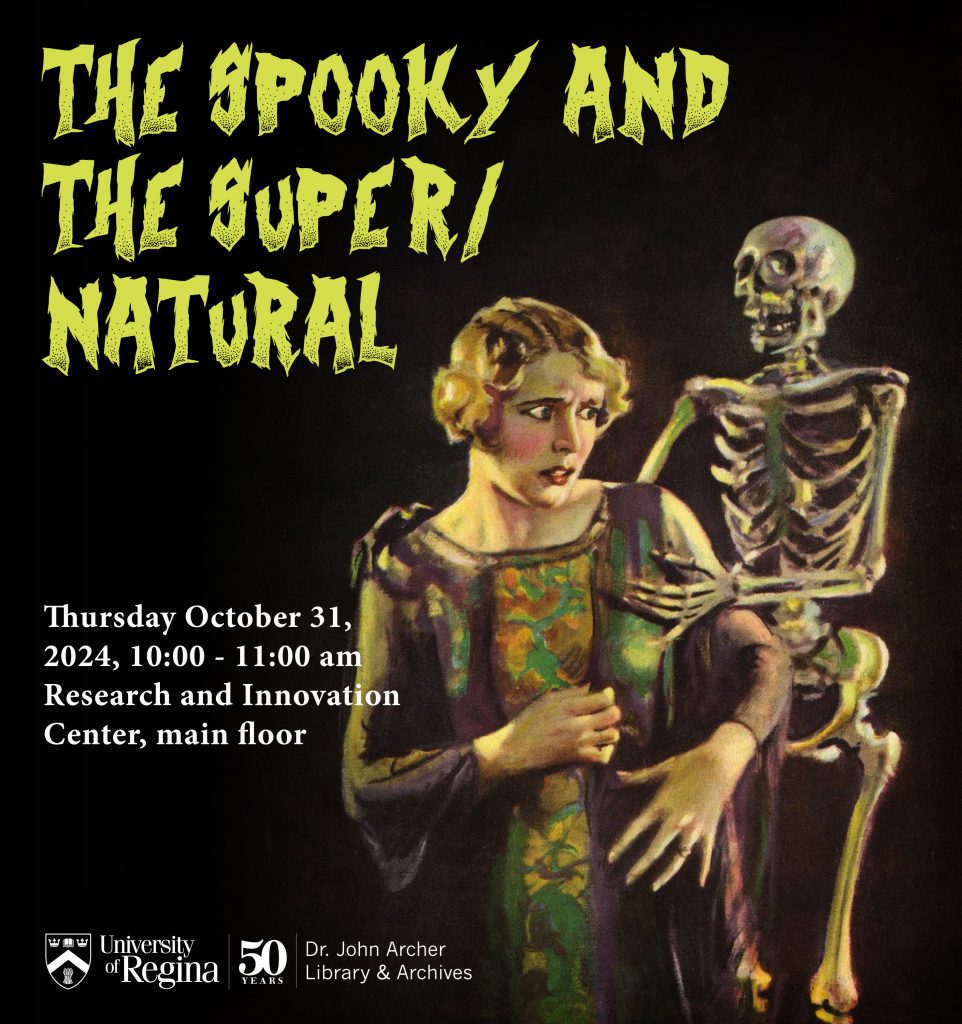
Now in the main floor display case: Looking Back To The Future: 50 Years At The University Of Regina, featuring a plethora of photos and documents from the University Archives, celebrating the U of R’s milestone anniversary. Check it out now (main floor computer commons, next to the new IS Services desk.)
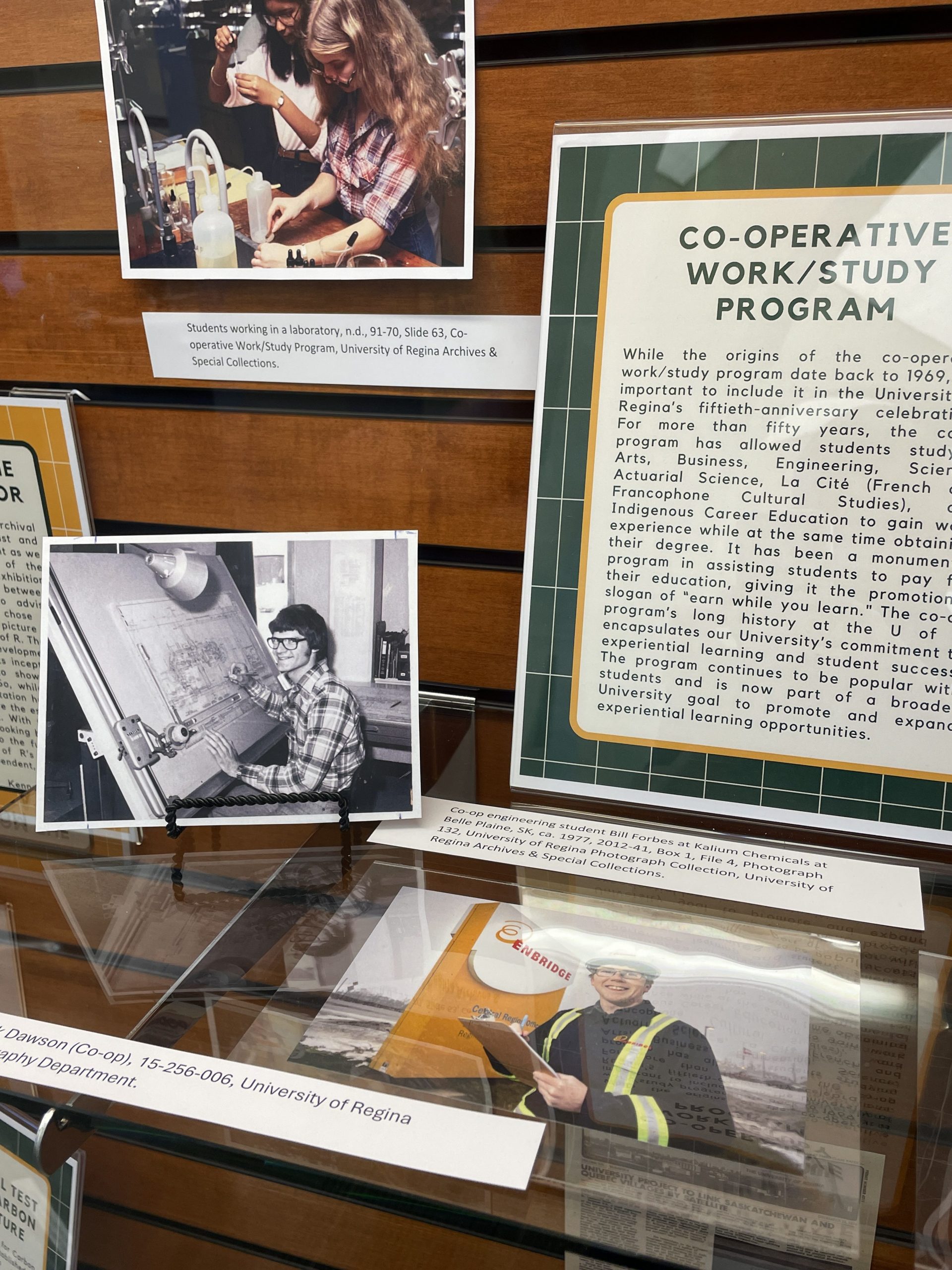
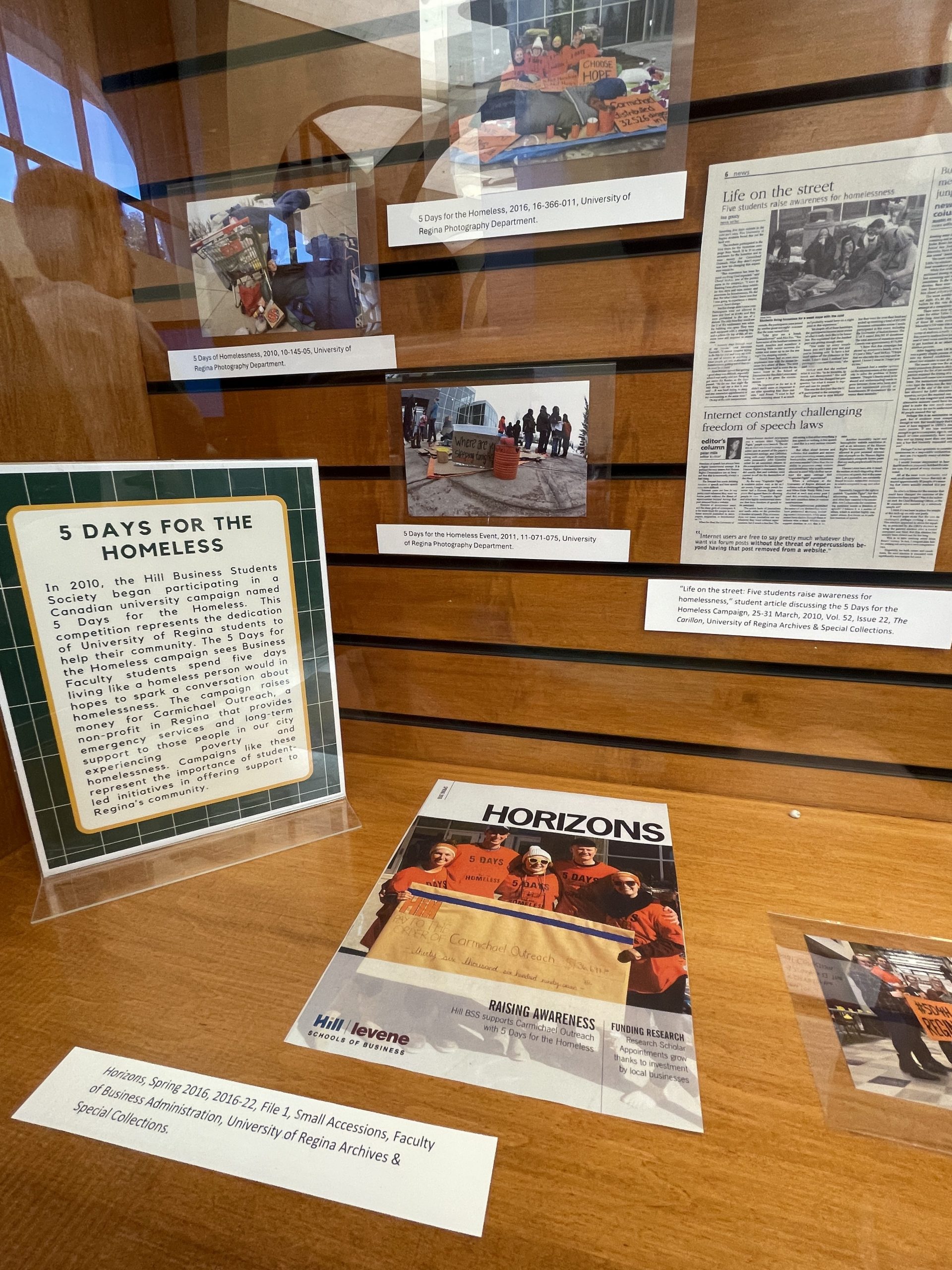
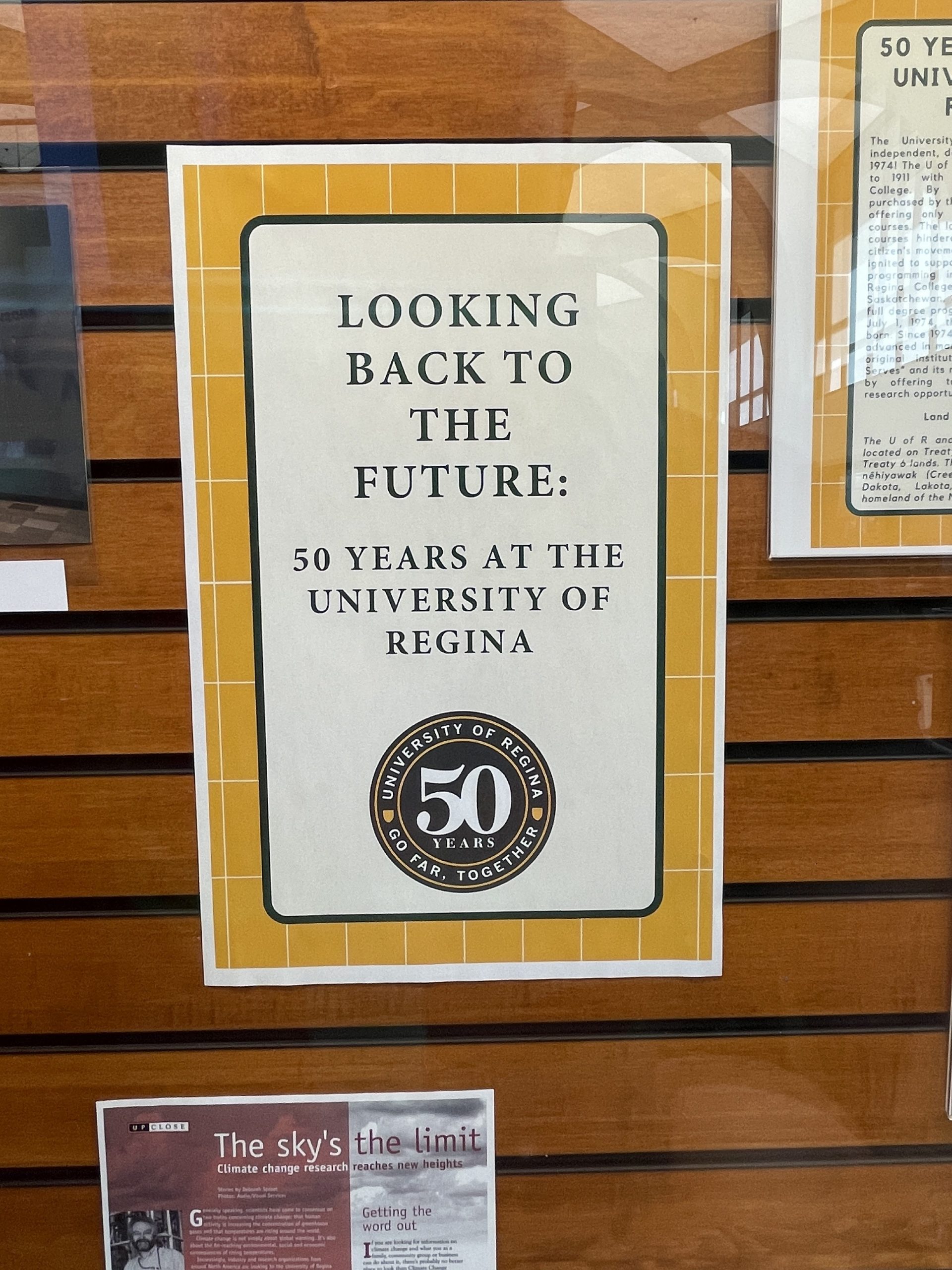
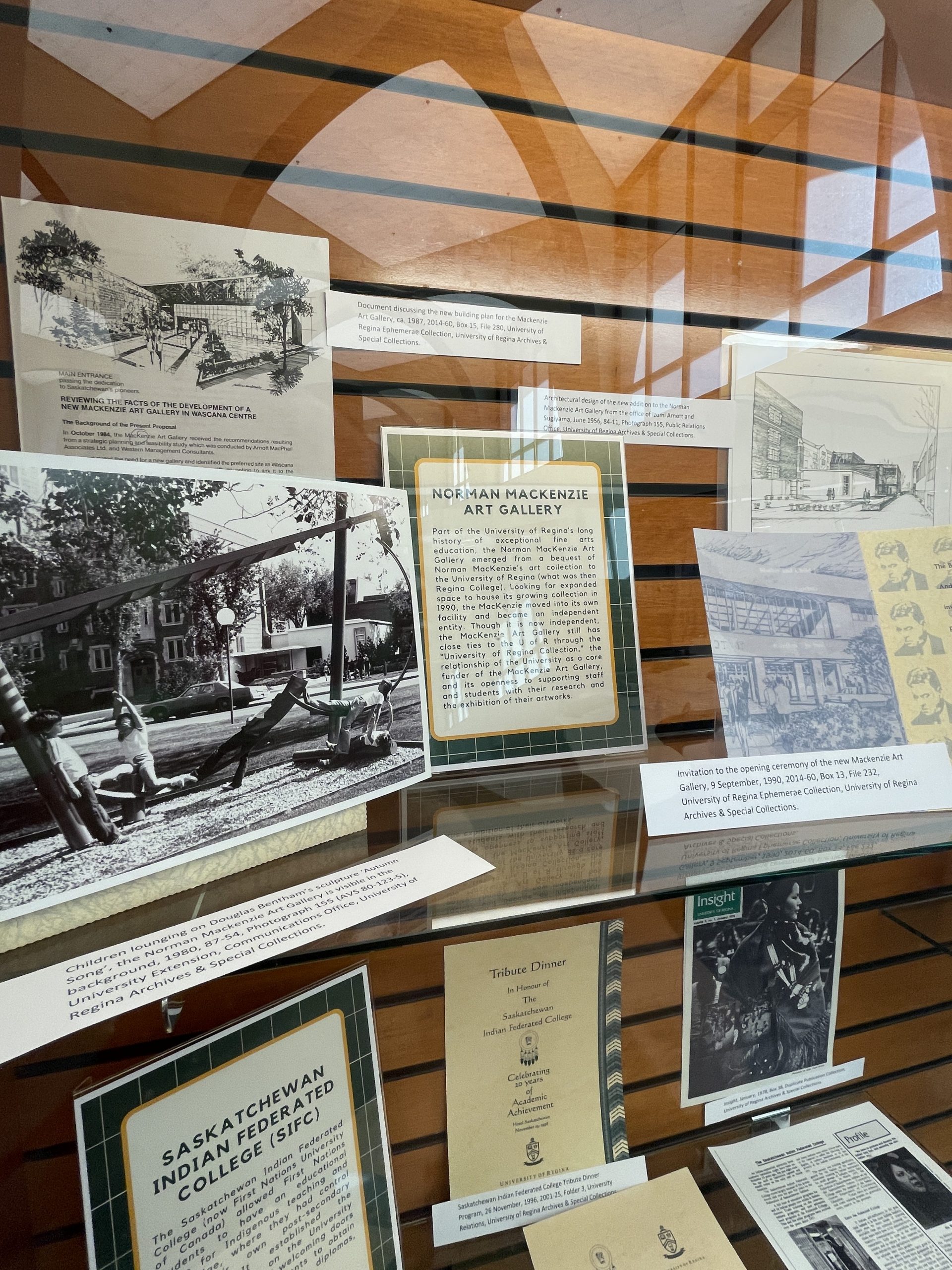
Are you a researcher looking to publish your work in an open access journal but are concerned about the article processing charges (APCs)? Try the Library’s new tool, SciFree, a searchable database of the Library’s agreements with select publishers that offer U of R corresponding authors waivers or discounts on APCs.
SciFree is easy to use. When you are ready to publish your article, search by journal title name and the results will show whether a waiver or discount is available and what Creative Commons license type applies. Knowing whether a journal has an open access publishing option is critical as some funders may require researchers to make their work open access as part of their funding requirements.
To learn more about this tool or the Library’s supports for open access publishing options, please see this link: https://library.uregina.ca/research/apcs

Don’t be afraid to visit the Archer Library display and pick up your free “batty” bookmarks and Library Hallowe’en coloring cards! Did you know you can color or draw in the Archer Alcove?
Enter to WIN! Deadline: Sunday, October 27, 2024, 11:59 pm
Check out our online BOO! Ks Halloween guide to enter the contests and discover a selection of online eBooks and streaming movies.



Interested in learning more about open science practices and celebrating International Open Access Week? Librarians Cara Bradley, Kaetlyn Phillips and Christina Winter will share tips and tricks for incorporating open sciences practices into your scholarship.
Please register in advance for this online presentation:
Wednesday, October 23, 2024 – https://uregina.libcal.com/event/3843173
After registering, you will receive a confirmation email containing information about joining the Zoom meeting.

You are invited to a unique book club experience this fall semester—the first-ever Anti-Oppression Reverse Book Club discussion. No need to read the book in advance! Instead, participants will engage in meaningful dialogue using selected paragraphs and quotes from Angry Queer Somali Boy, a powerful and complex memoir by Mohamed Abdulkarim Ali.
So, whether you’ve read the book or not, join us for lively conversations with fellow participants and the author. You’ll have the chance to exchange ideas, share experiences, and explore diverse perspectives.
We have the e-book available: https://casls-regina.primo.exlibrisgroup.com/permalink/01CASLS_REGINA/1g3evkr/alma9923217818303476
Meeting Dates:
• First Meeting: October 24, 2024, from 1:00 PM to 2:00 PM
• Second Meeting: November 7, 2024, from 1:00 PM to 2:00 PM
For more information and to register go to:
https://library.uregina.ca/c.php?g=729474&p=5358113
We hope to see you there!
